Engineering rebels have always existed in automotive history, building machines that made people stop mid-conversation and stare. These aren’t your typical concept cars gathering dust in museums—they’re rolling statements that challenged everything we thought we knew about transportation.
Some succeeded spectacularly, others failed magnificently, but each one forced the industry to question its own assumptions. You’re about to discover vehicles that treated conventional wisdom like a suggestion rather than law, creating automotive legends that still turn heads decades later.
12. Tesla Cybertruck (Exterior)

Elon Musk’s design team apparently had access to only rulers and attitudes when they sketched this angular creation. Its 30X cold-rolled stainless steel exoskeleton doesn’t bend to convention—it takes design wisdom out back and buries it. Production delays lasting years only built anticipation for something resembling a sci-fi movie prop.
Tesla Cybertruck (Interior)

Electric powertrains deliver up to 500 miles of range while maintaining 14,000-pound towing capacity. Zero-to-sixty acceleration under 2.9 seconds proves that efficiency doesn’t require sacrificing performance. Sometimes the most controversial designs reshape history.
11. Daihatsu Midget II: The Working Ant (Exterior)

Tokyo’s crowded streets demanded transportation solutions nobody outside Japan was considering. Measuring under 10 feet long and roughly 4 feet wide, this mini-truck navigated urban chaos like a motorcycle while hauling cargo like a proper pickup. Traffic jams became minor inconveniences when threading between cars that looked like buildings by comparison.
Daihatsu Midget II (Interior)

Its 660cc engine and optional four-wheel drive exceeded expectations despite dimensions that made Smart cars look oversized. The single-seat cabin prioritized functionality over comfort.
10. Bond Bug: The Orange Wedge of Joy (Exterior)

Bright orange paint met three-wheel audacity when 1970 brought this unmistakable wedge to British roads. Traffic-cone coloring combined with an unconventional layout made ignoring it physically impossible on country lanes. Forgettable boxes dominated the economy car market during this era, designed solely for transportation without emotional connection.
Bond Bug (Interior)

Its 700cc engine produced a modest 29 horsepower, which somehow pushed this cheerful oddball to 76 mph. This rolling slice of optimism shattered conventional thinking completely. Like that friend who wears outrageous clothes and somehow makes everyone else feel underdressed. While not one of the fastest muscle cars, it is unique.
9. Volkswagen XL1: Efficiency Taken to Extremes (Exterior)
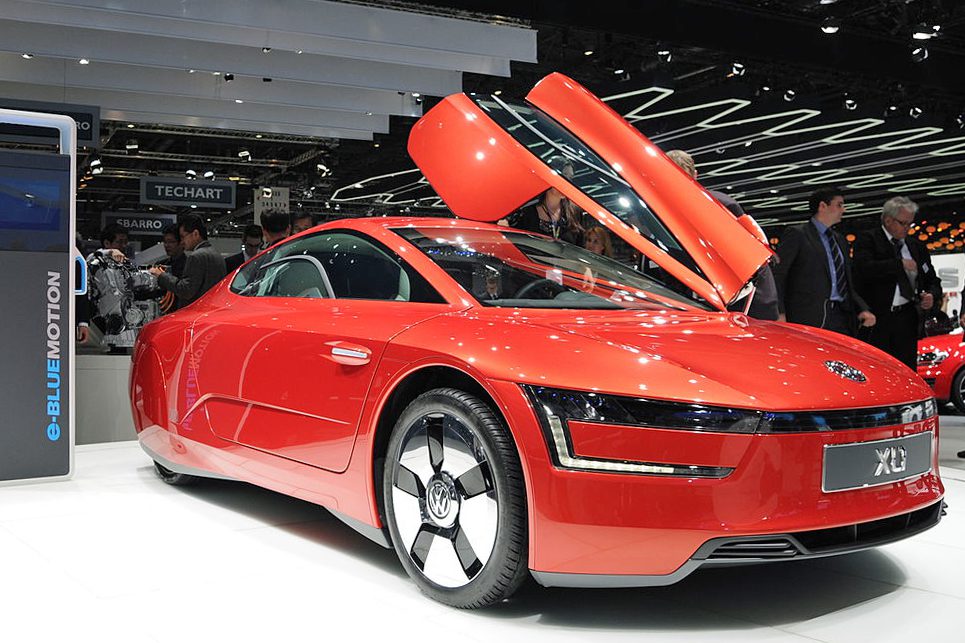
Carbon fiber and magnesium construction kept weight just over 1,700 pounds while aerodynamic perfection sliced through air resistance like nothing else on the road. The XL1’s drag coefficient made most sports cars look like they were designed by people who’d never heard of wind tunnels. Achieving 100 kilometers per liter of fuel consumption required obsessive attention to every detail that affects efficiency.
Volkswagen XL1 (Interior)

Hybrid diesel-electric powerplant produced a modest 74 horsepower, proving that acceleration wasn’t always the priority when fuel economy was the objective. The cabin featured lightweight materials and minimal amenities to maximize efficiency. Conventional vehicles suddenly seemed wasteful when efficiency numbers previously thought impossiblebecame reality.
8. Amphicar: The Car That Swims (Exterior)
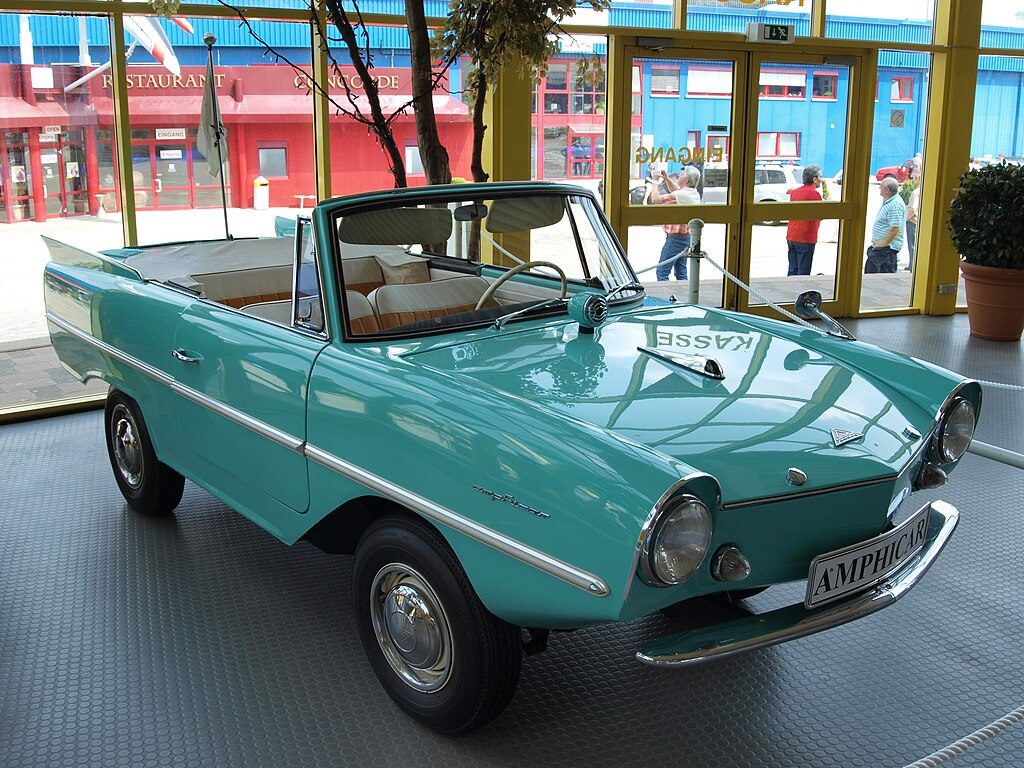
Boat launches became optional when this early 1960s creation, the Amphibacar, rolled into view. Built-in propeller and rudder systems meant driving to water’s edge, then continuing straight into waves without missing a beat. Only 3,900 examples were produced, making survivors genuinely rare.
Amphicar (Interior)
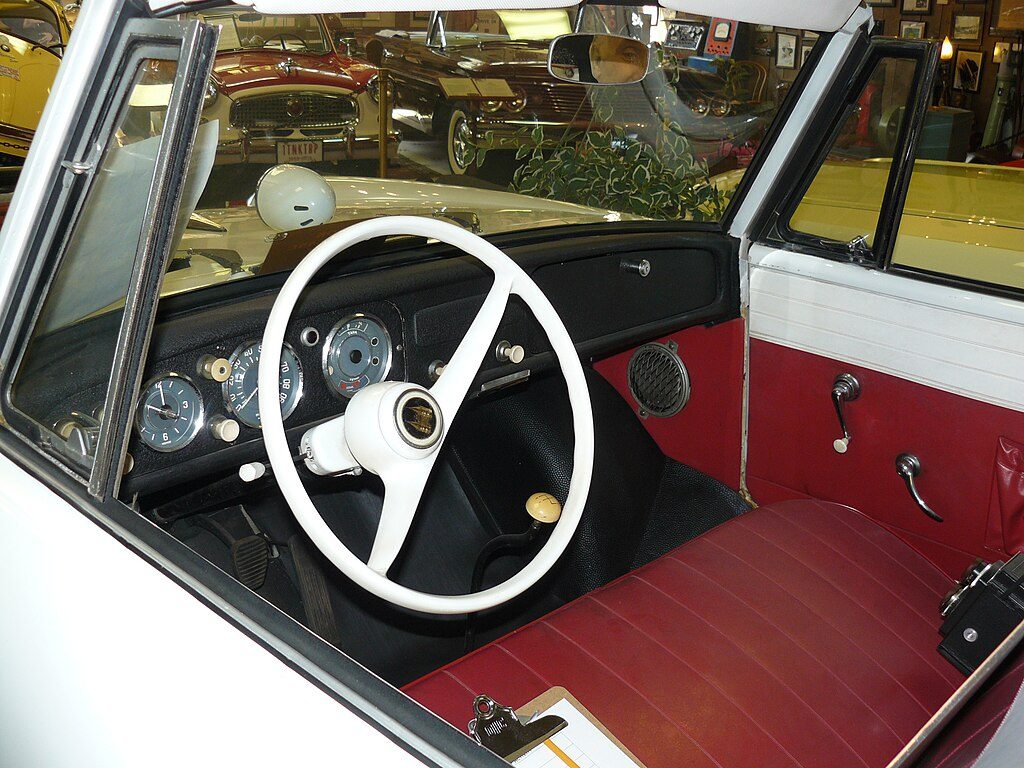
Its 43-horsepower engine delivered 70 mph on land and 7 knots in water. The cabin featured waterproof seals and marine-grade controls because versatility demanded compromise nowhere. While not one of the most hideous cars of the 60s, the design is one you love or hate.
7. Karlmann King: The SUV With Delusions of Grandeur (Exterior)
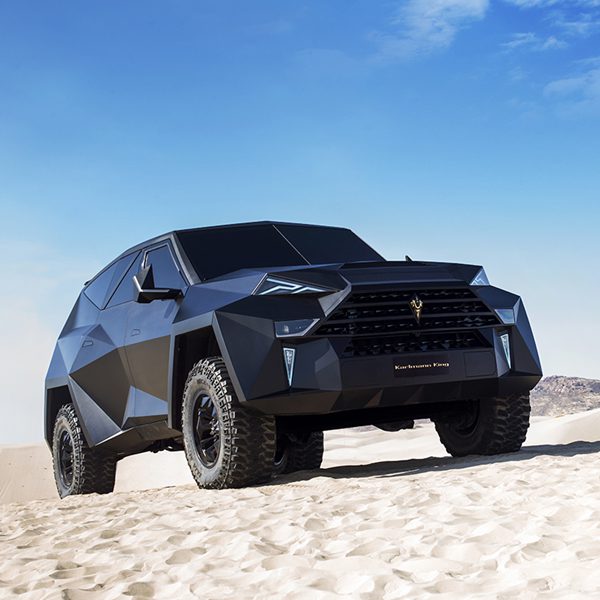
Pricing for the Karlmann King starts around $2 million for what amounts to a Ford F550 chassis wrapped in enough bulletproof armor to stop small-arms fire. Weighing up to 13,000 pounds when fully loaded, this fortress makes Hummer owners feel economical. Its presence wasn’t just noticeable—it was unavoidable.
Karlmann King (Interior)

The 6.8-liter V10 engine struggles to motivate all that mass with anything resembling grace. Bulletproof glass, built-in coffee machine, and luxury amenities come standard because stopping at Starbucks feels too pedestrian.
6. Covini C6W: Two Extra Wheels, Infinite Conversations (Exterior)

Four wheels were just a suggestion, according to this Italian creation. Revealed in 2004, this peculiar machine features six wheels total—four up front and two in back—challenging wheel configurations that have dominated design since the invention of the automobile.
Every parking lot becomes a conversation starter when you’re driving something this unusual.
5. 1936 Bugatti Type 57 SC Atlantic: When Money Meets Magnificence (Exterior)

Auction houses have seen one example change hands for $34 million, placing it among the most valuable cars ever sold. Those distinctive riveted seams weren’t decorative flourishes—they were engineering necessities because magnesium alloy panels were too flammable to weld safely.
Every curve was hand-shaped by craftsmen who understood transportation could also be sculpture. The Atlantic’s proportions achieved perfection that modern supercars still chase.
4. Peel P50: The Car That’s Smaller Than Your Office Chair (Exterior)
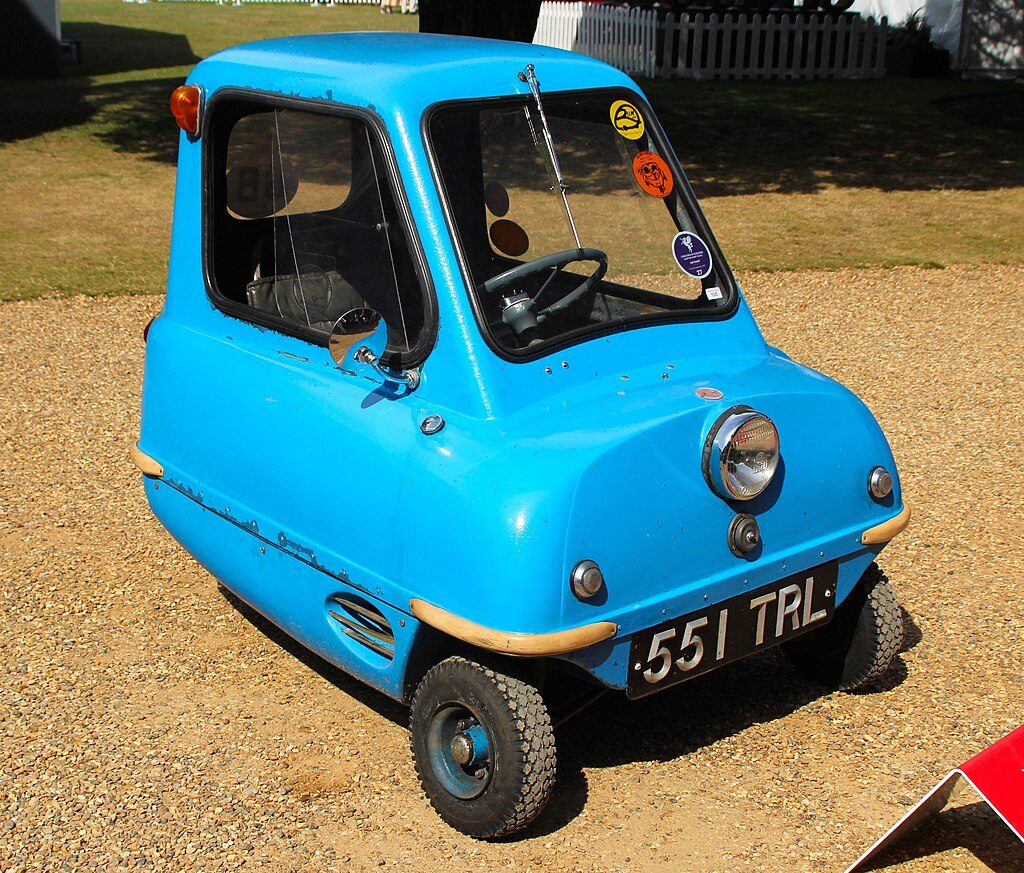
Measuring just 54 inches long and 41 inches wide while weighing only 130 pounds, this single-seater holds the official record as the smallest production car ever manufactured. Today’s monster SUVs make this micro-machine look like automotive satire.
Peel P50 (Interior)

Its 49cc engine produces enough power to reach 30 mph, which feels terrifying when sitting this close to asphalt. The minimalist cabin featured basic controls and zero luxury amenities.
3. 1954 GM Firebird I: The Jet Age Takes to the Road (Exterior)

Aviation fever gripped America in 1954, and General Motors caught it hard. Unveiled at the Motorama Auto Show, this concept looked like it belonged on a runway rather than a highway. Gas turbine power and aircraft-inspired bodywork challenged every assumption about automotive design.
The experimental turbine engine represented serious engineering rather than styling exercise. Cockpit-style controls and fighter jet aesthetics showed what happened when aerospace engineers designed cars.
2. Ferrari Modulo: The Wedge That Changed Everything (Exterior)

Paolo Martin of Pininfarina took a Ferrari 512S chassis and created something resembling 1970’s vision of 2020. Geometric perfection met impossibly low proportions in a concept that made everything else look instantly outdated. Auto show visitors couldn’t decide if they were viewing transportation or industrial art.
The radical wedge shape influenced supercar design for decades afterward. Zero conventional curves appeared anywhere on the bodywork—just pure geometric precision.
1. Stout Scarab: The Minivan’s Great-Grandfather (Exterior)

Aviation engineer William Stout refused to accept that cars needed to look like elongated boxes. His beetle-shaped creation featured lightweight aluminum construction decades before that became industry standard. Contemporary vehicles looked instantly outdated next to this forward-thinking design.
Aerodynamic efficiency and innovative materials usage anticipated modern automotive trends by generations. The rear-engine layout and spacious interior predicted minivan concepts that wouldn’t appear for another 50 years.